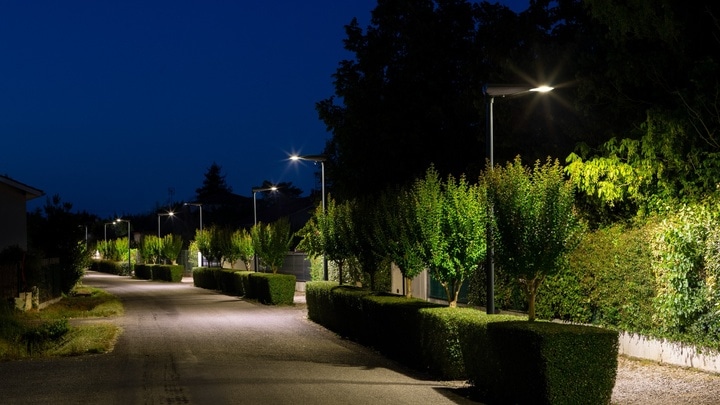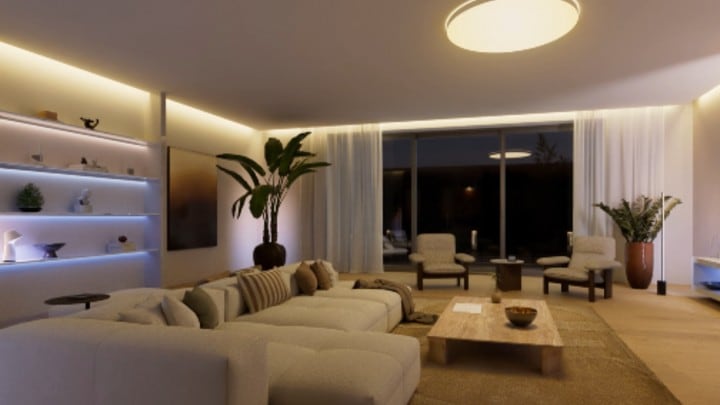Signify shines a light on the energy & cost savings of switching to LED
- Philips LED bulbs last 15 times longer than halogen bulbs – that’s a potential cost saving of two weeks’ worth of family food shops
- LED bulbs use up to 80% less energy than halogen bulbs
- In light of the ban, Signify (formerly Philips Lighting) and the University of Portsmouth reveal the top 50 now obsolete items for the home
London, UK – September 1, 2018 marks a step change for households across the UK & Ireland with the Europe-wide shift to energy efficient LED lighting, following the next phase of the ban on halogen bulbs. Building upon the phase-out of halogen spotlight bulbs (or GU10) implemented in 2016, the next phase will see the ban on non-directional halogen lamps, including standard pear or candle bulb shaped lamps.
In anticipation of the ban, Signify (Euronext: LIGHT), formerly Philips Lighting and the world leader in lighting, unveils the financial and energy benefits for households in Europe of switching to LED lights.
So, why are halogen bulbs being banned? Quite simply they are extremely inefficient in their use of electricity. In fact, halogen lamps use around 10 times the amount of energy of LED lamps. The EU’s ban is part of its commitment to rein in CO2 emissions and reduce its carbon footprint.
Philips LED bulbs, for example, last up to 15 times longer and use up to 80% less energy compared to their halogen counterparts. So, how much can we actually save? On average, a UK home has 10 halogen bulbs on for 2.7 hours a dayi. By using the Philips LED savings converter and making the switch to LED, individuals will save a minimum of £112 a year. That’s enough savings to grant the average UK family two weeks’ worth of free grocery shoppingii.



